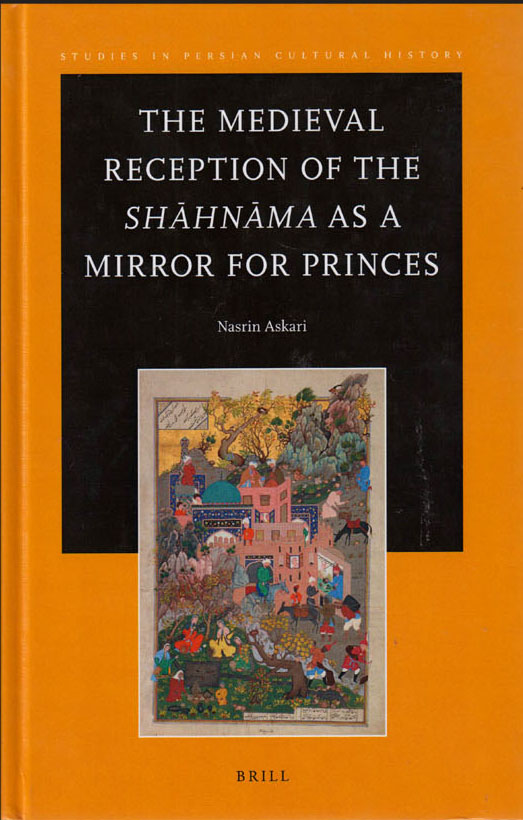
The Medieval Reception of the Shāhnāma as a Mirror for Princes
By
Publisher BRILL
Pub Date 2016
Pub Location GB
Isbn 0
Course(s)
Description
Through examination of a range of medieval sources, this book demonstrates that, in the medieval period, Firdausī’s work was primarily understood as a book of wisdom and advice for kings and courtly élites. It is argued that studying the Shāhnāma in this context would shed considerable light on the meaning of its enigmatic tales. A key finding of this monograph is the identification of a particular genre of literature known as the ikhtiyārāt-i Shāhnāma (selections from the Shāhnāma), consisting of thematically organized verses selected from the Shāhnāma, the predominant themes of which are statecraft and kingship. This research also reveals that, contrary to the common assumption, the Shāhnāma had been a celebrated work in the eleventh and twelfth centuries- that is, before the earliest extant manuscript of the Shāhnāma- which is dated to 1217. In order to illustrate the ways in which the Shāhnāma functions as a mirror for princes, the author analyses the account about Ardashīr (224–241 C.E.), the founder of the Sasanian dynasty, in the Shāhnāma. Drawing on evidence from Zoroastrian literature, it is argued that Ardashīr is represented in the Shāhnāma as a savior figure. Within this context, it is explained why the idea of the union of kingship and religion, a major topic in almost all medieval Persian mirrors for princes, has often been attributed to Ardashīr. The Ardashīr cycle in the Shāhnāma is also compared to nine early medieval Persian works of advice for rulers in order to demonstrate that the portrayal of Ardashīr in the Shāhnāma corresponds to the ethico-political precepts provided in later Perso-Islamic works of advice for rulers. The comparative analysis in this part of the book traces the pre-Islamic roots of some of the main concepts found in the medieval Perso-Islamic advisory literature.
|